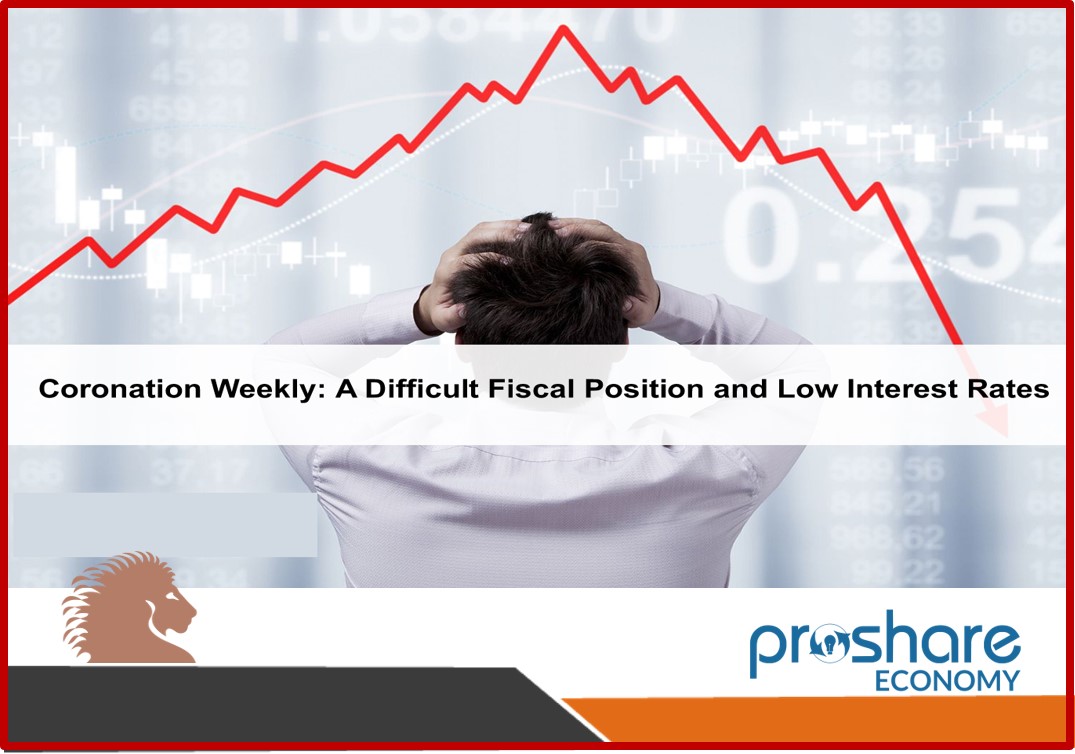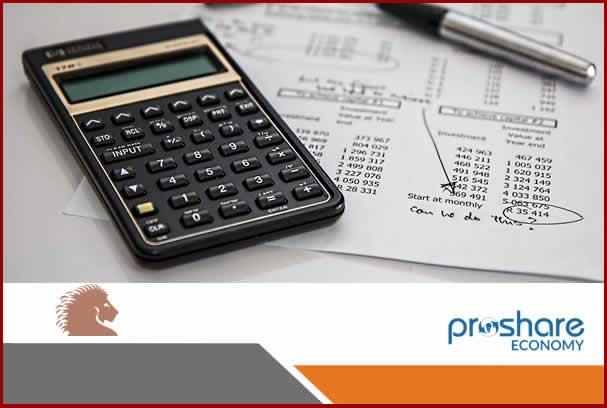The Monetary Policy Committee of the Central Bank of Nigeria (CBN) raised its key interest rate last week. This has been positive for savers as market yields rose swiftly in the days after the decision. Why is this happening?
Savings Rate Are Rising Quickly
At its meeting held last week (27 September), the Monetary Policy Committee (MPC) of the CBN delivered another outsized rate hike, this time of 150bps, taking its benchmark policy rate to 15.50%, the highest level since it was adopted in 2006. We assumed a rate hike would materialise on the back of rising inflation and continued monetary policy normalisation across global central banks. However, a modest 50-100bps rate hike was the general expectation. Here we explore the how the CBN is ensuring the transmission of its actions to the market.
On the day of the rise in the Monetary Policy Rate (MPR), the 1-year T-bill yield was 6.75% and the Federal Government of Nigeria (FGN) 10-year Naira-denominated bond yielded 13.05%. At the end of last week these rates were 9.03% and 13.45%, respectively, so the 1-year T-bills yield rose by 228 basis points (bps) and the 10-year yield rose by 40bps.
In our note, Why are savings rates rising so slowly? (14 June 2022), we questioned the slow rise in rates and explained the transmission mechanism between official and market rates. This time, the story is different. Market interest rates have risen swiftly and have responded faster than after the MPC’s first rate hike in May.
The clearest transmission method between the CBN and the financial system is the asymmetric corridor of +100bps and - 700bps around the MPR which impacts the CBN’s Standing Lending Facility (SLF) and Standing Deposit Facility (SDF). Following the rate hike, the SLF and SDF rates are at 16.5% and 8.5%. One-year T-bill yields are above the lower end of the asymmetric corridor, so to this extent it seems that this mechanism is working.
Another way in which the monetary authorities have forced up market interest rates is via T-bill auctions. At the last auction on Wednesday, the day after the rate hike, the authorities supplied more than what matured for the first time since June 2022. This led to the yield on the auctioned 1-year T-billrising by 283bps to 13.63%.
Finally, we have the Cash Reserve Requirement (CRR) of the CBN. The MPC, at the meeting, increased the CRR by 500bps, officially obliging banks to deposit a minimum of 32.5% of customer deposits with the CBN. This came as a surprise as the CRR is widely acknowledged to already be above 32.5% (we estimate 50% or more) for practical purposes. However, we understand that this 32.5% excludes the discretionary CRR debits that the CBN imposes on banks accounts.
With system liquidity already tight, we might start to see banks turning away deposits or be forced to raise deposit rates further. The former would mean the attractiveness of Money Market funds would increase as savers would want to take advantage of elevated rates. The latter would mean that banks are likely to face further pressure on their Cost of Funds and will need to upwardly reprice loans to protect their margins.
We reiterate that looking at the history of the MPR and market interest rates, there is no close correlation. However, when the CBN signals a change, it tends to get its way. In 2022 GDP growth is exceeding expectations while inflation is stubbornly high at 20.52% pa, so the case for a rate rise is clear. Our core view remains that increased government borrowing and hawkish monetary policy will cause market interest rates to continue rising over the medium term.
FX
Last week, the exchange rate at the Investors and Exporters Window (I&E Window) weakened by 0.16% to close at N437.03/US$1, a record low. Elsewhere, the foreign exchange (FX) reserves of the Central Bank of Nigeria (CBN) decreased by 0.46% to US$38.28bn, the lowest level since 7 June, as the CBN continues to intervene across the various FX windows.
The FX reserve position remains close to its historic high, and we doubt that the CBN wishes to see the exchange rate slip. We believe that the current I&E Window rate, or something very close to it, can be maintained until the end of the year, at least
Bonds & T-bills
Last week, trading in the Federal Government of Nigeria (FGN) bond secondary market was bearish in reaction to the Monetary Policy Rate (MPR) hike, as the average benchmark yield for bonds widened by 41bps to close at 13.29%. Across the curve, the yield on the 3- year (+37bps to 13.72%), 7-year (+59bps to 13.28%) and 10-year (+40bps to 13.45%) bonds rose. Our view remains that continued policy tightening by the monetary authorities and elevated Federal Government domestic borrowing will continue to drive yields upwards over the coming months.
Activity in the Treasury Bill (T-Bill) secondary market was bullish as the average benchmark yield fell by 28bps to 7.14%. The yield on the 349-day T-bill settled at 9.03%. At the T-bill primary auction, the DMO allotted N179.32bn (US$410.32m) worth of bills. Demand was weak as the auction recorded a total subscription of N239.28bn, implying a bid-to-cover ratio of 1.33x (vs 2.55x at the previous auction). Across the curve, the stop rates on the 90-day (+99bps to 6.49%), 182-day (+150bps to 7.50%) and the 364-day (+225bps to 12.00%) bills expanded to their highest levels since 2019. Elsewhere, the average yield for secondary market OMO bills expanded by 88bps to 10.31%, with the yield on the 214-day OMO bill falling by 3bps to 11.10%
Oil
Last week, the price of Brent recovered slightly, rising by 2.10% w/w to US$87.96/bbl, and ending four straight weekly declines. As a result, Brent is up 13.09% year-to-date and has traded at an average of US$102.52/bbl, 44.62% higher than the average of US$70.89/bbl in 2021.
Oil prices ended the week positive owing to supply disruptions in the US Gulf of Mexico caused by Hurricane Ian. In addition, factors including declines in US crude inventories, the EU's proposed eighth round of sanctions against Russia and the marginal weakening of the US dollar contributed to the rise in prices. Elsewhere, members of the Organization of the Petroleum Exporting Countries and its allies (OPEC+) have begun talks regarding potential oil production cuts in November 2022 as Russia suggested a 1.0mbpd target reduction.
In this exceptional year for oil prices, we maintain that prices are likely to remain above the US$73.00/bbl set in Nigeria's government budget
Equities
Last week, the NGX All-Share Index extended its losing streak to a fourth week, falling by 0.01%, to settle at 49,024.15 points. Consequently, its year-to-date return fell to 14.77%. Nestle Nigeria (-10.00%), Access Holdings (-8.52%), Unilever Nigeria (-5.38%), United Bank for Africa (-4.11%) and Guaranty Trust Holding Company (-4.05%) closed negative, while Cadbury Nigeria (+14.77%), BUA Cement (+8.67%), Sterling Bank (+4.03%) and Stanbic IBTC (+3.45%) closed positive. Performances across the NGX sub-indices were broadly negative as the NGX Consumer Goods (-3.37%), NGX Insurance (-3.35%), NGX Pension (-1.33%), and NGX Banking (-0.89%) indices declined while the NGX Industrial Goods (+3.01%), NGX Oil and Gas (+0.20%) and NGX 30 (+0.40%) indices closed higher.
Model Equity Portfolio
Last week the Model Equity Portfolio fell by 0.05% compared with a fall in the NGX All-Share Index of 0.01%, underperforming it by 4ps. It has gained 18.48% year-to-date compared with a gain in the NGX-ASI of 14.77%, outperforming it by 371bps.
Last week we wrote that investors were showing interest in banks, now that market interest rates are trending upwards. One might have thought that the rise in the Monetary Policy Rate (MPR) from 14.00% to 15.50% on Tuesday would have intensified that sentiment: but that day the CBN also raised the official Cash Reserve Requirement (CRR - the percentage of customer deposits that must be held with the central bank) from 27.5% to 32.5%, implying that banks may operate with reduced Naira liquidity going forward. Having risen 2.5% the previous week, the sub-index of banking stocks shed 0.9% last week.
This affects our deliberation, which we described last week, whether to rotate out of the major industrial and telecom stocks and into banks. On balance, it may be better to wait a little longer before committing to this tactic. Overall, we note that market sentiment is poor, though short trading weeks around public holidays (this week and next week) are usually not typical of overall market direction. We plan no changes this week
 Lagos, NG • GMT +1
Lagos, NG • GMT +1











 413 views
413 views
















 Sponsored Ad
Sponsored Ad
 Advertise with Us
Advertise with Us









